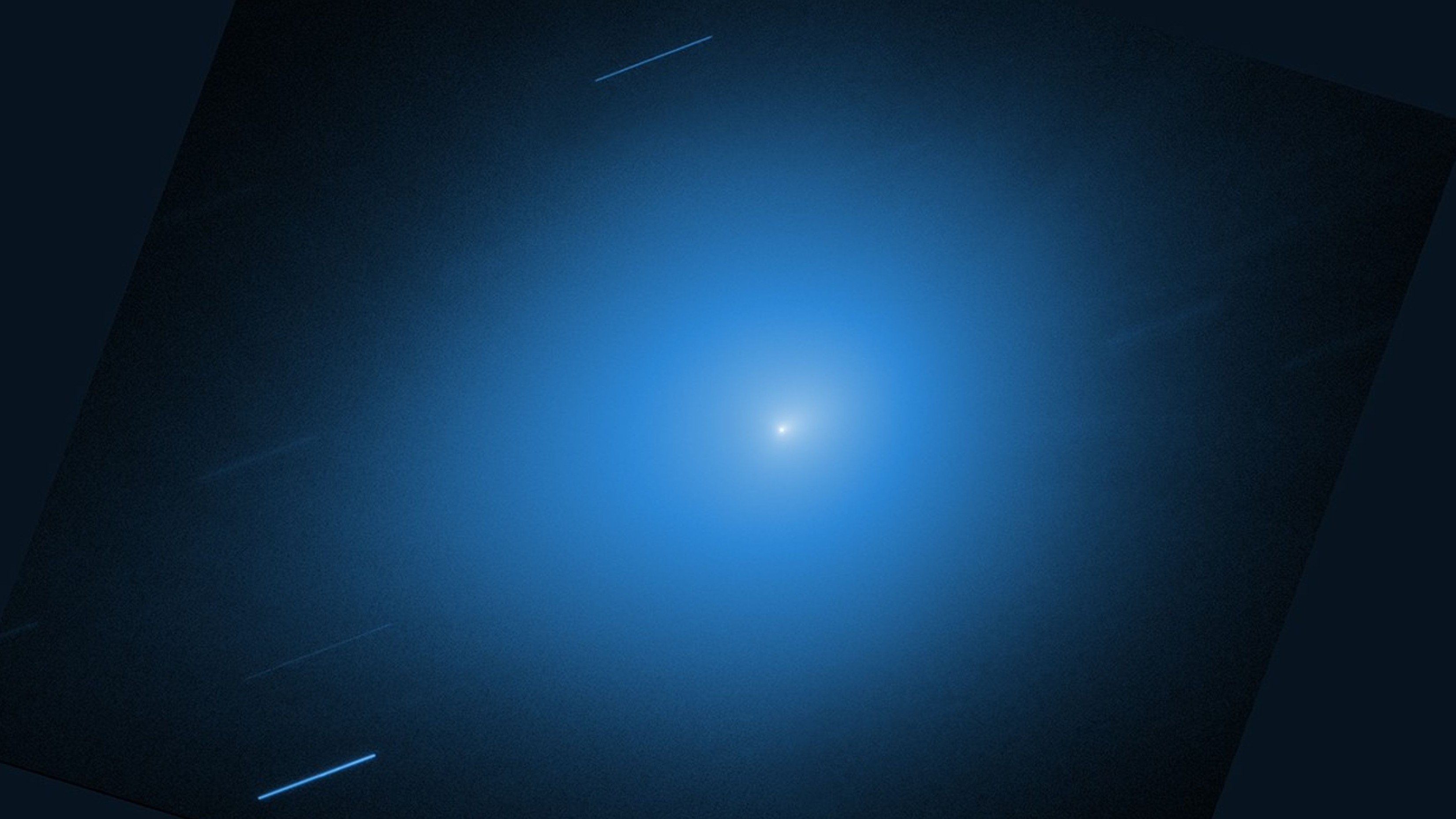
Harry Baker
Harry is a U.K.-based senior staff writer at Live Science. He studied marine biology at the University of Exeter before training to become a journalist. He covers a wide range of topics including space exploration, planetary science, space weather, climate change, animal behavior and paleontology. His recent work on the solar maximum won "best space submission" at the 2024 Aerospace Media Awards and was shortlisted in the "top scoop" category at the NCTJ Awards for Excellence in 2023. He also writes Live Science's weekly Earth from space series.
Latest articles by Harry Baker
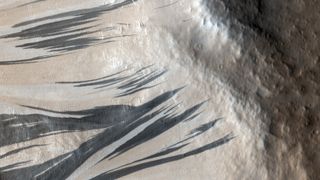
2 million black 'streaks' on Mars finally have an explanation, solving 50-year mystery
By Harry Baker published
A new analysis of data from NASA's Mars Reconnaissance Orbiter reveals that the majority of the Red Planet's dark "slope streaks" did not form as most researchers previously assumed.
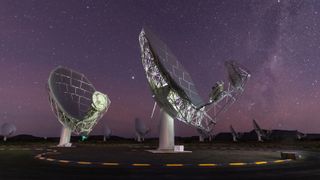
Astronomers detect first 'radio signal' from interstellar comet 3I/ATLAS — but it wasn't aliens
By Harry Baker published
Astronomers at South Africa's MeerKAT radio telescope have detected the first radio waves coming from the interstellar comet 3I/ATLAS. But while this sounds suspiciously like alien activity, it is actually further proof of its completely natural origins.
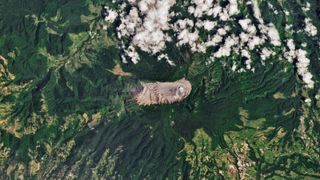
Extreme 'paradise' volcano in Costa Rica is like a piece of ancient Mars on our doorstep
By Harry Baker published
Earth from space A 2025 satellite photo captures the stark contrast between the barren Poás volcano and the surrounding Costa Rican jungle. The volcano's super-acidic lake provides the perfect analog for studying how hardy microbes may have emerged on Mars billions of years ago.
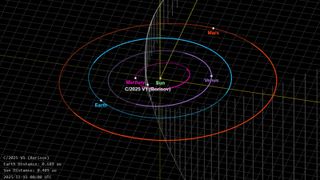
New 'nearly interstellar' comet — wrongly linked to 3I/ATLAS — will reach its closest point to Earth on Tuesday (Nov. 11)
By Harry Baker published
Newly discovered comet C/2025 V1 (Borisov), which has some minor similarities to 3I/ATLAS, will make its closest approach to Earth on Tuesday (Nov. 11). However, despite recent rumors, the two objects are not related to one another.

Live Science crossword puzzle #18: First human-made satellite in space — 11 across
By Harry Baker published
Science crossword Test your knowledge on all things science with our weekly, free crossword puzzle!
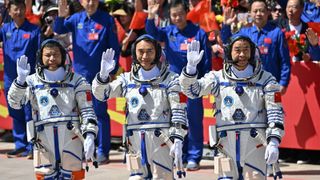
Three Chinese astronauts stranded in space after debris hits their return capsule
By Harry Baker published
Three Chinese taikonauts — Wang Jie, Chen Zhongrui and Chen Dong — will be extending their stay aboard China's Tiangong space station after their return capsule was struck by a presumed piece of orbital debris on Wednesday.
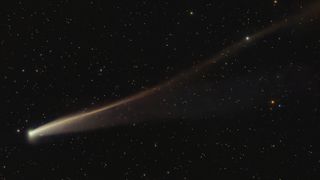
There's another comet ATLAS in our solar system — and it just turned gold after a perilous dance with the sun
By Harry Baker published
New photos show that the recently discovered comet C/2025 K1 (ATLAS) developed a surprising golden glow after reaching its closest point to the sun. Until now, the comet has gone under the radar, largely thanks to the more famous interstellar comet 3I/ATLAS.

'Interstellar visitor' 3I/ATLAS may have just changed color — for the third time
By Harry Baker published
Recent observations of the interstellar object 3I/ATLAS show that it has developed a faint blueish hue, hinting at a potential color change. This is the third time experts have seen the comet's coloring shift since it was discovered.
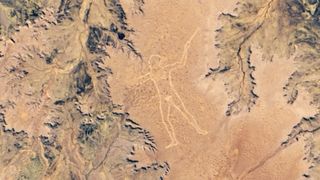
2-mile-tall, naked 'Marree Man' looming over Australian outback is a total mystery
By Harry Baker published
Earth from space A 2019 satellite photo shows the recently resurrected "Marree Man" geoglyph, which mysteriously appeared in the Australian outback in 1998. Experts are still unsure who created it.

Live Science crossword puzzle #17: Multiple realities stacked on top of one another — 5 down
By Harry Baker published
Science crossword Test your knowledge on all things science with our weekly, free crossword puzzle!
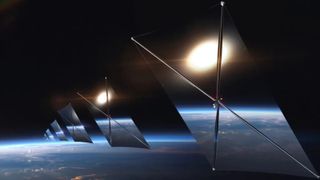
Controversial startup's plan to 'sell sunlight' using giant mirrors in space would be 'catastrophic' and 'horrifying,' astronomers warn
By Harry Baker published
California-based startup Reflect Orbital aims to build a swarm of 4,000 giant mirrors in low Earth orbit to "sell sunlight" to customers at night. Experts warn that the mirrors could mess with telescopes, blind stargazers and impact the environment.
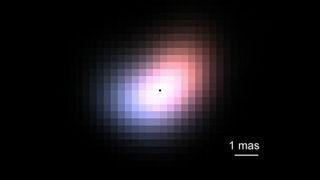
Astronomers discover surprisingly lopsided disk around a nearby star using groundbreaking telescope upgrade
By Harry Baker published
Researchers armed with a new "photonic lantern" device have discovered an unexpectedly asymmetrical disk of gas swirling around a mysterious star 162 light-years from Earth. The new technology could revolutionize ground-based astronomy, the researchers claim.
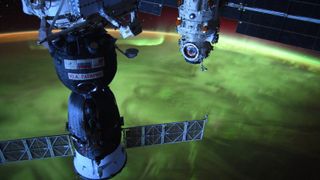
The next Carrington-level solar superstorm could wipe out 'all our satellites,' new simulations reveal
By Harry Baker published
New ESA simulations suggest that a solar storm on par with the 1859 Carrington Event could wreak havoc on Earth-orbiting satellites — and it is a question of "when," not "if" this will happen, experts say.
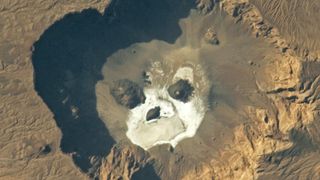
Glowering 'skull' stares upward from a giant volcanic pit in the Sahara
By Harry Baker published
Earth from space A 2023 astronaut photo shows off an unusual cranium-like structure appearing to stare up into space from the floor of a large volcanic caldera in Chad.

Live Science crossword puzzle #16: Famous female Australopithecus skeleton — 5 down
By Harry Baker published
Science crossword Test your knowledge on all things science with our weekly, free crossword puzzle!
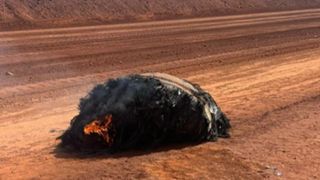
Charred piece of secretive Chinese rocket found still smoldering in the Australian outback
By Harry Baker published
Experts believe that a five-foot-wide piece of space debris discovered near an Australian mining town was part of a dead Chinese rocket. The wreckage likely crashed just before it was found.
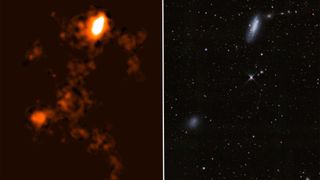
Astronomers spot giant hidden 'bridge' and record-breaking tail between 2 dwarf galaxies
By Harry Baker published
Researchers discovered a hidden 185,000 light-year "bridge" of gas between two distant galaxies, which are also trailed by a 1.6 million light-year galactic tail — the largest of its kind ever seen.
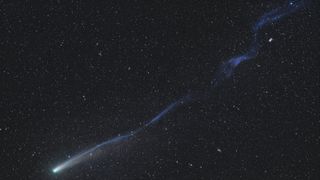
Superbright 'Comet Lemmon' gets its tail temporarily torn to pieces by solar wind
By Harry Baker published
An astrophotographer snapped a stunning shot of Comet Lemmon's flowing tail getting shredded by a strong gust of solar wind, just three days before it reaches its closest point to Earth.
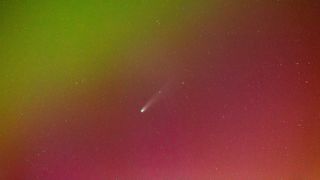
Superbright 'Comet Lemmon' flies through auroras over Scotland during surprise solar storm
By Harry Baker published
A photographer snapped a striking shot of Comet Lemmon streaking over Scotland as the night sky unexpectedly filled up with a technicolor mix of vibrant auroras.
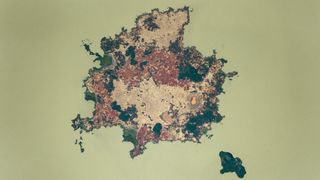
Pair of 'holy' islands in eerily green African lake hold centuries-old relics and mummified emperors
By Harry Baker published
Earth from space A 2017 astronaut photo shows the islands of Dek and Daga lurking in the murky, algae-infested waters of Ethiopia's Lake Tana. Both islands are home to important monasteries, including the resting place of five mummified emperors.

Live Science crossword puzzle #15: Explosive death of a star — 11 down
By Harry Baker published
Science crossword Test your knowledge on all things science with our weekly, free crossword puzzle!
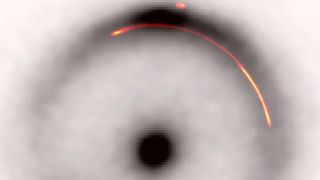
Record-breaking 'dark object' found hiding within a warped 'Einstein ring' 10 billion light-years away
By Harry Baker published
Researchers have found a suspected clump of dark matter lurking within the luminous halo of a well-known "Einstein ring." The mysterious object, the smallest of its kind ever seen, could help shed light on the universe's missing matter.
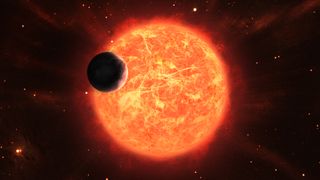
'Most pristine' star ever seen discovered at the Milky Way's edge — and could be a direct descendant of the universe's first stars
By Harry Baker published
Astronomers have discovered a surprisingly "pristine" red giant with the lowest concentration of heavy elements ever seen in a star. It is likely a direct descendant of one of the universe's first stars.
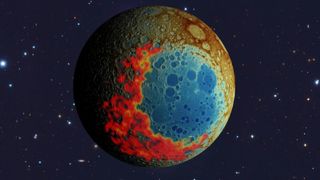
We were wrong about how the moon's largest and oldest crater formed — and that's great news for NASA's next lunar landing
By Harry Baker published
A new study has revealed that our understanding of the South Pole-Aitken basin was quite literally back-to-front, meaning astronauts on NASA's future Artemis III mission may be able to collect valuable samples of ancient radioactive material, known as KREEP.
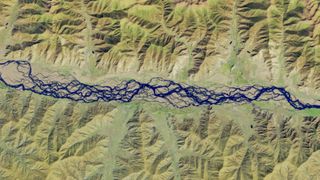
Shapeshifting 'braided river' in Tibet is the highest in the world, and is becoming increasingly unstable
By Harry Baker published
Earth from space A 2025 satellite photo shows a particularly complex section of the Yarlung Zangbo River as it twists its way through the Tibetan Plateau. This part of the "braided" waterway has experienced drastic visual changes over recent decades, which could soon be accentuated by climate change.
Get the world’s most fascinating discoveries delivered straight to your inbox.
